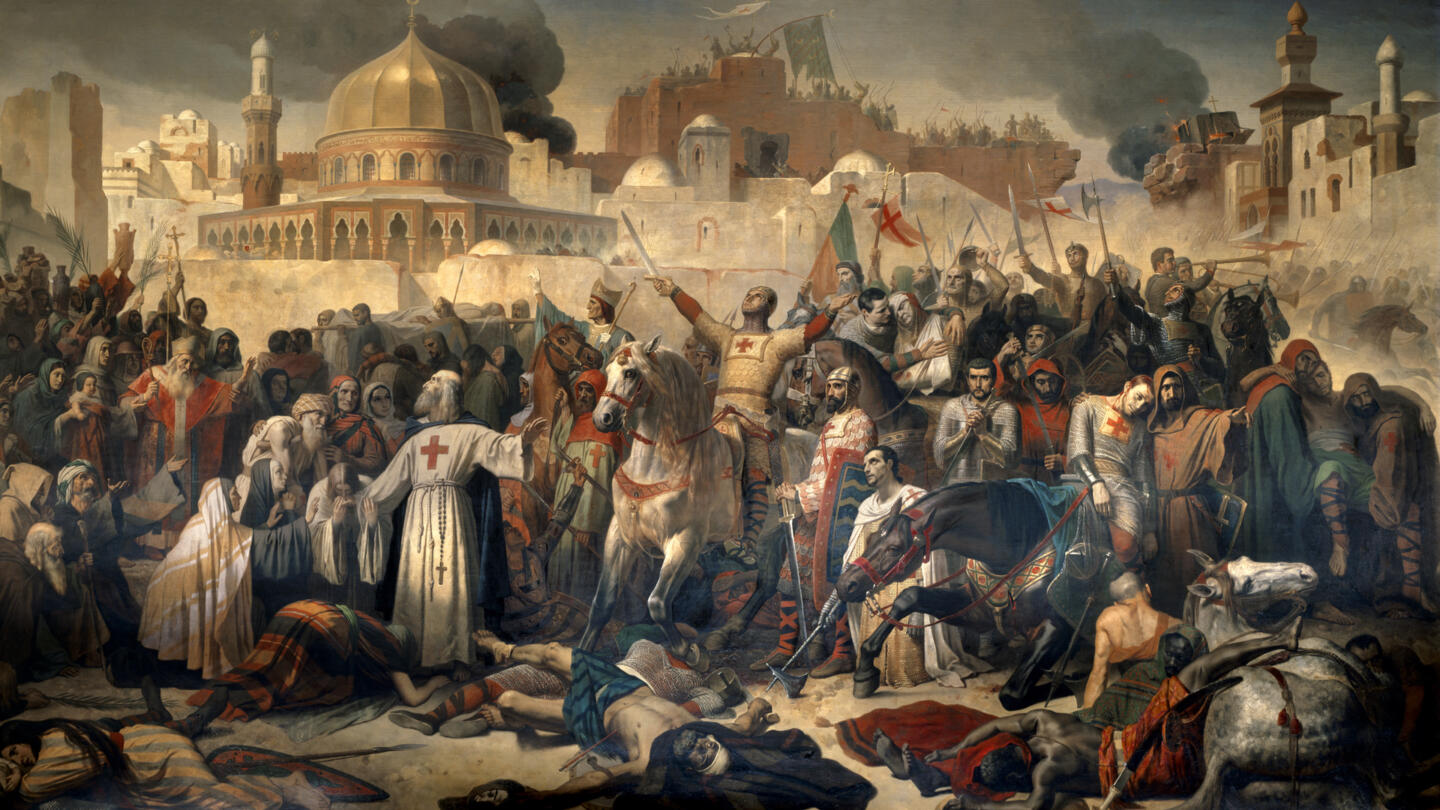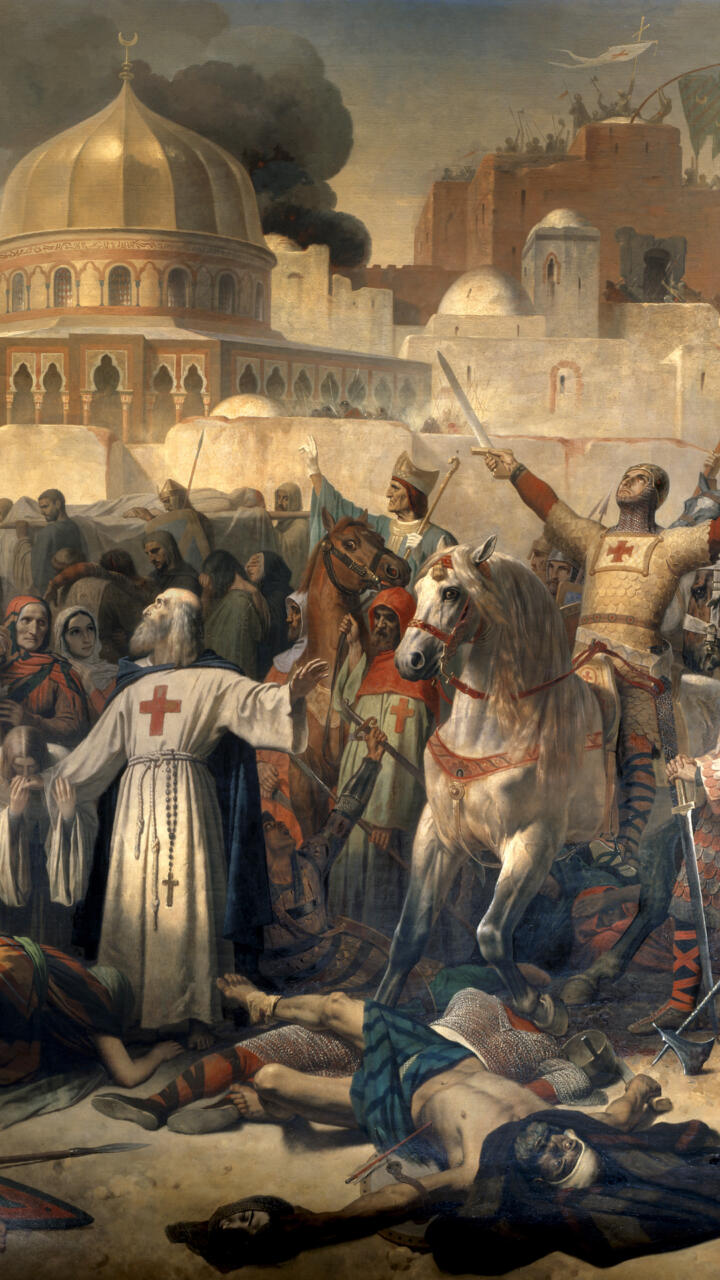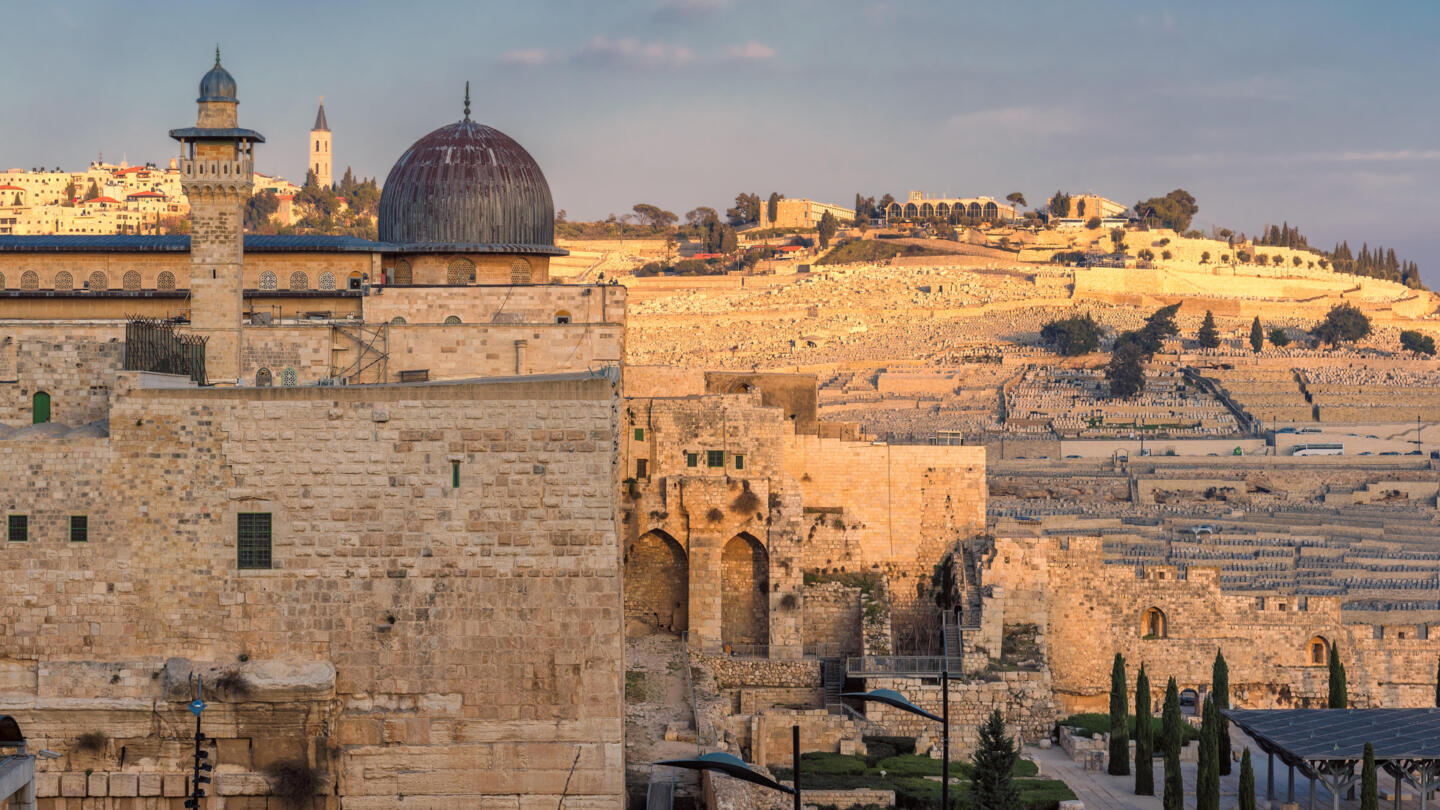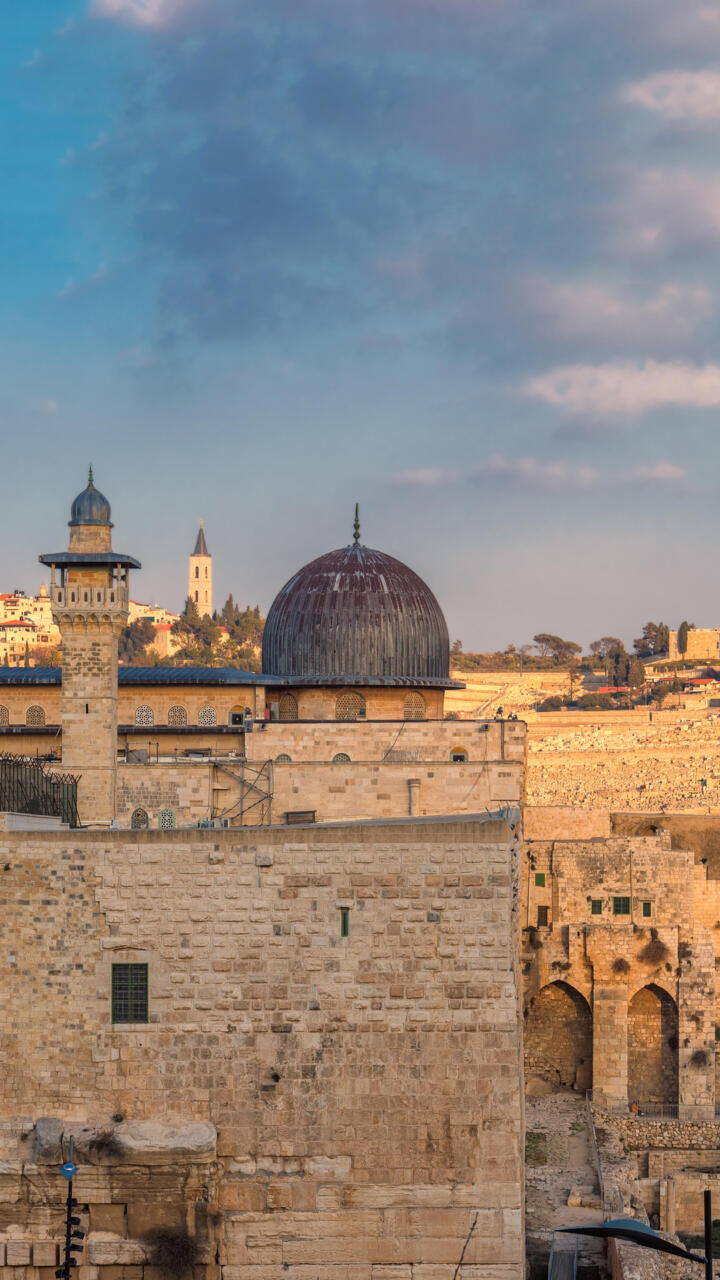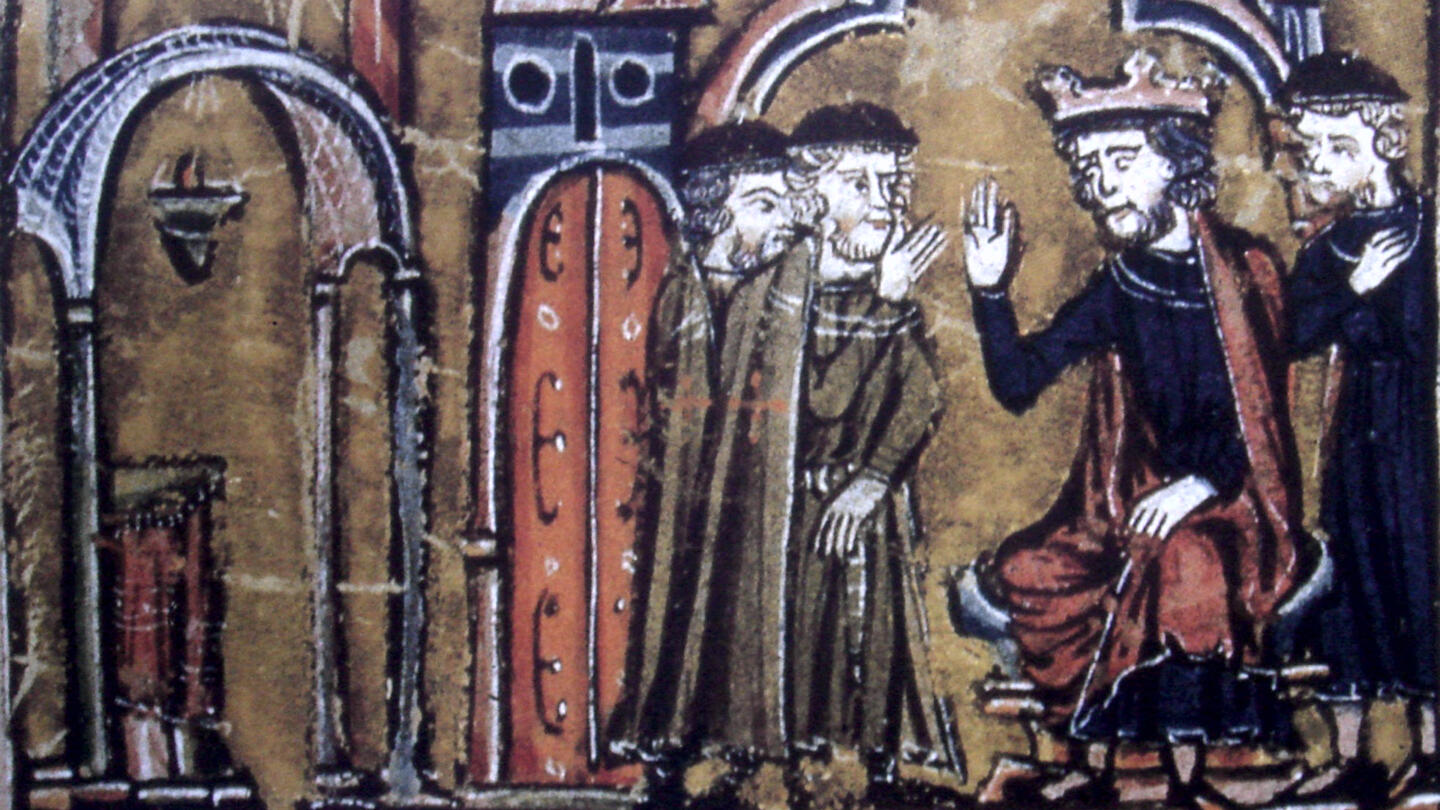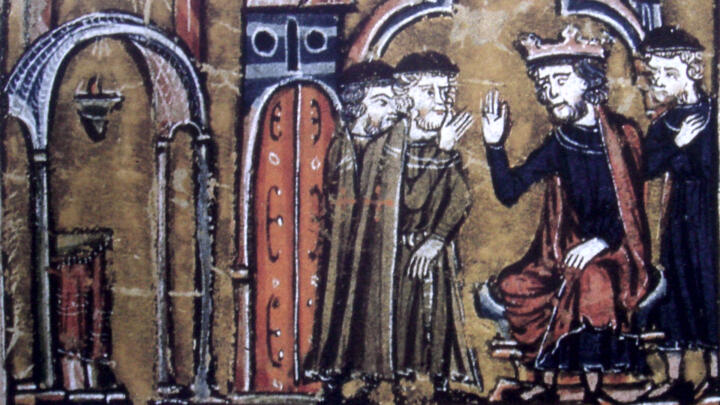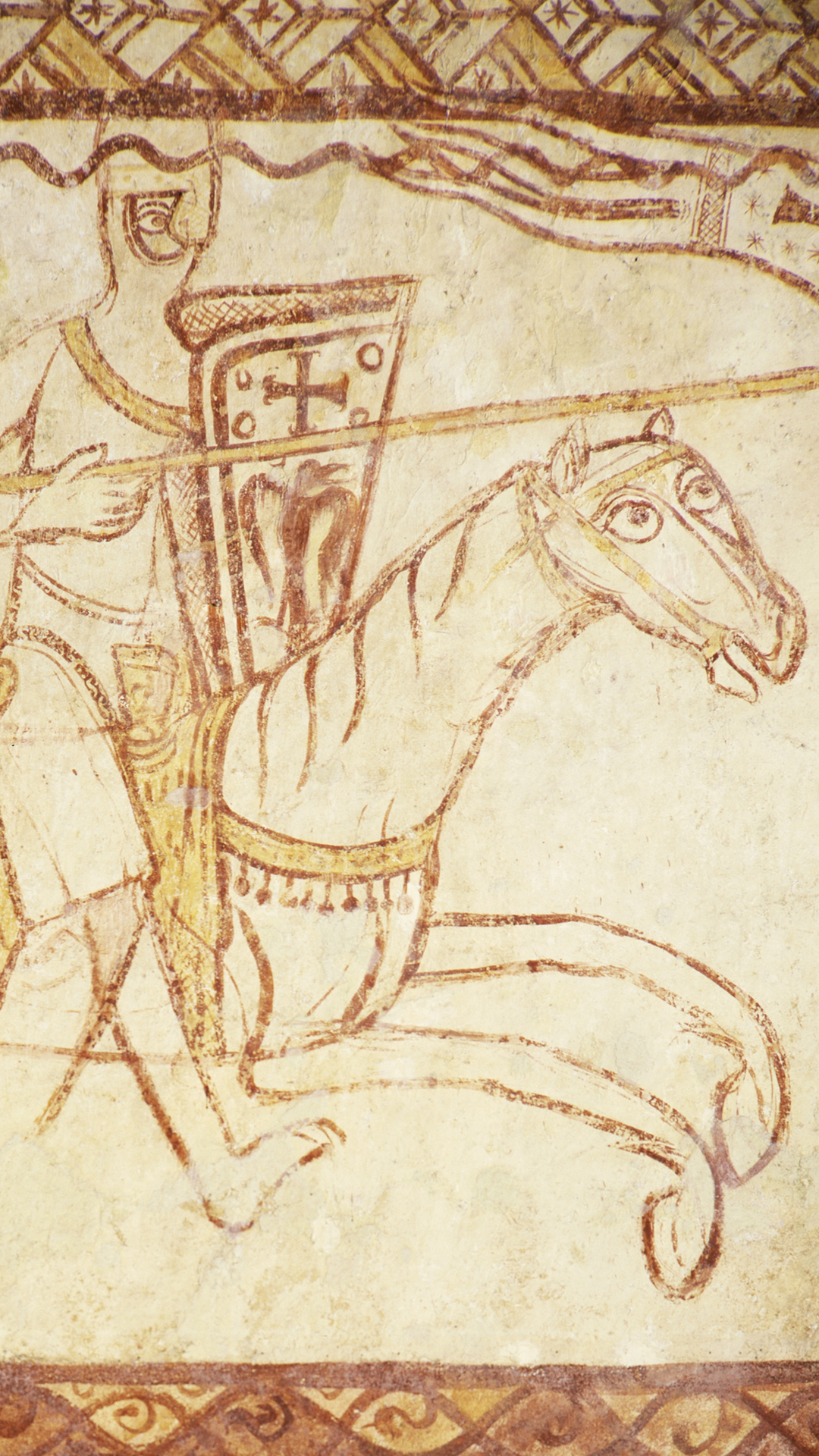The Knights of the Temple were founded in Jerusalem at some point between January 14 and September 13, 1120—two decades after the Christian armies of the First Crusade seized the city from Muslim rule.
Barely anyone noticed. The Templars did not arrive on a wave of popular demand, nor was their creation the product of farsighted planning. No surviving chronicles of the immediate time, either Christian or Muslim, paid any attention to the first stirrings of the order. It was only several generations later that the story of the Templars’ earliest origins was written down, by which time it was colored by what the order had become.
“At the beginning of the reign of King Baldwin II,” wrote a late 12th-century churchman called Michael the Syrian, “a Frenchman came from Rome to Jerusalem to pray.” This Frenchman’s name was Hugh of Payns. He was born some time before the year 1070, probably in the village of Payns, near the town of Troyes, some 90 miles southeast of Paris in the county of Champagne. By January 1120 Hugh had been in the Holy Land for around 20 months. He planned first to serve in the royal army, and then to retire from life on the front line to become a monk.


